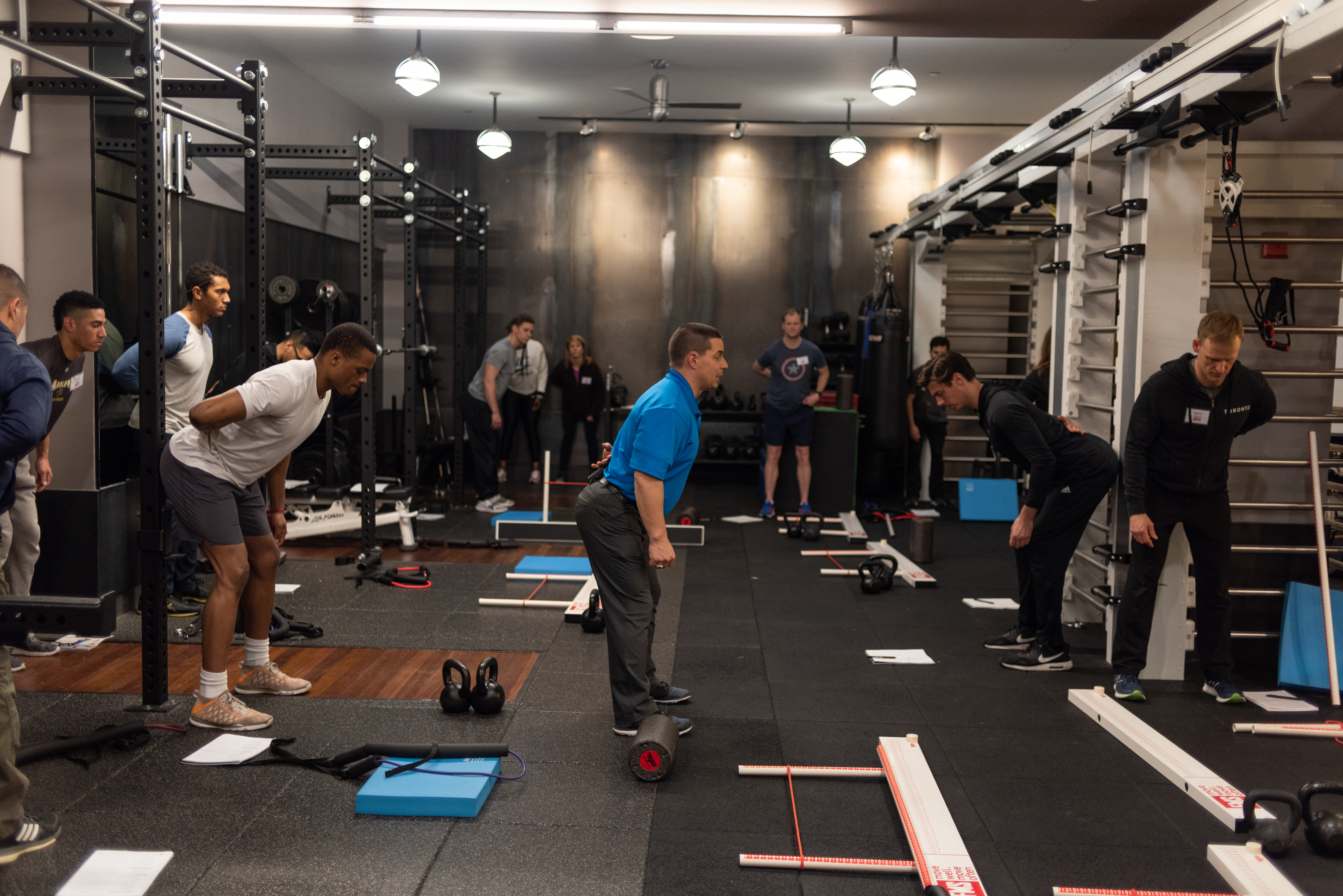Corrective Exercise is Supplemental
Written by Kyle Barrow FMS

We should always consider corrective exercises as supplemental and temporary. The end goal is to restore movement to acceptable levels and to design exercise programs that maintain movement quality while addressing performance levels without needing ongoing corrective strategies. Obviously, they are indicated if chronic problems are present or if ongoing problems persist, but these should be mostly supplemental. They should produce changes in movement patterns, but if their continuous use is required to maintain movement patterns, consider the saying by Ben Franklin,
“An ounce of prevention is worth a pound of cure.”
Don’t let corrective exercises become the pound of cure when correct approaches could essentially remove the need for continuous correction. Poor exercise choices, as well as exercises performed poorly, could be the major contributing factor to movement dysfunction in the first place.

Yoga and kettlebell training are examples of movement forms that require expert instruction, patience and personal investment. These and other forms of training that require mindful movements are the extreme opposite of mindless cardio-circuits and the eight-minute-ab mentality. These high technique forms seem slow at first. They can be frustrating and may lack the vigorous appeal of a high-intensity exercise class or a fitness boot camp, however the investment pays dividends in the end.
By learning movement skills that require a mental and physical demand, fitness is a byproduct of learning higher quality movement. Some of the fittest people in the world don’t obsess about their exercise time slot—they don’t require loud music or mirrors to motivate them. They simply practice movement skills, knowing they will never master them. They use exercise correctly and they stay in touch with movement.
Exercise correctness is not a popular topic, but is a much needed perspective.
Related Resources
-
Play, Practice, or Train?
Posted by Gray Cook





